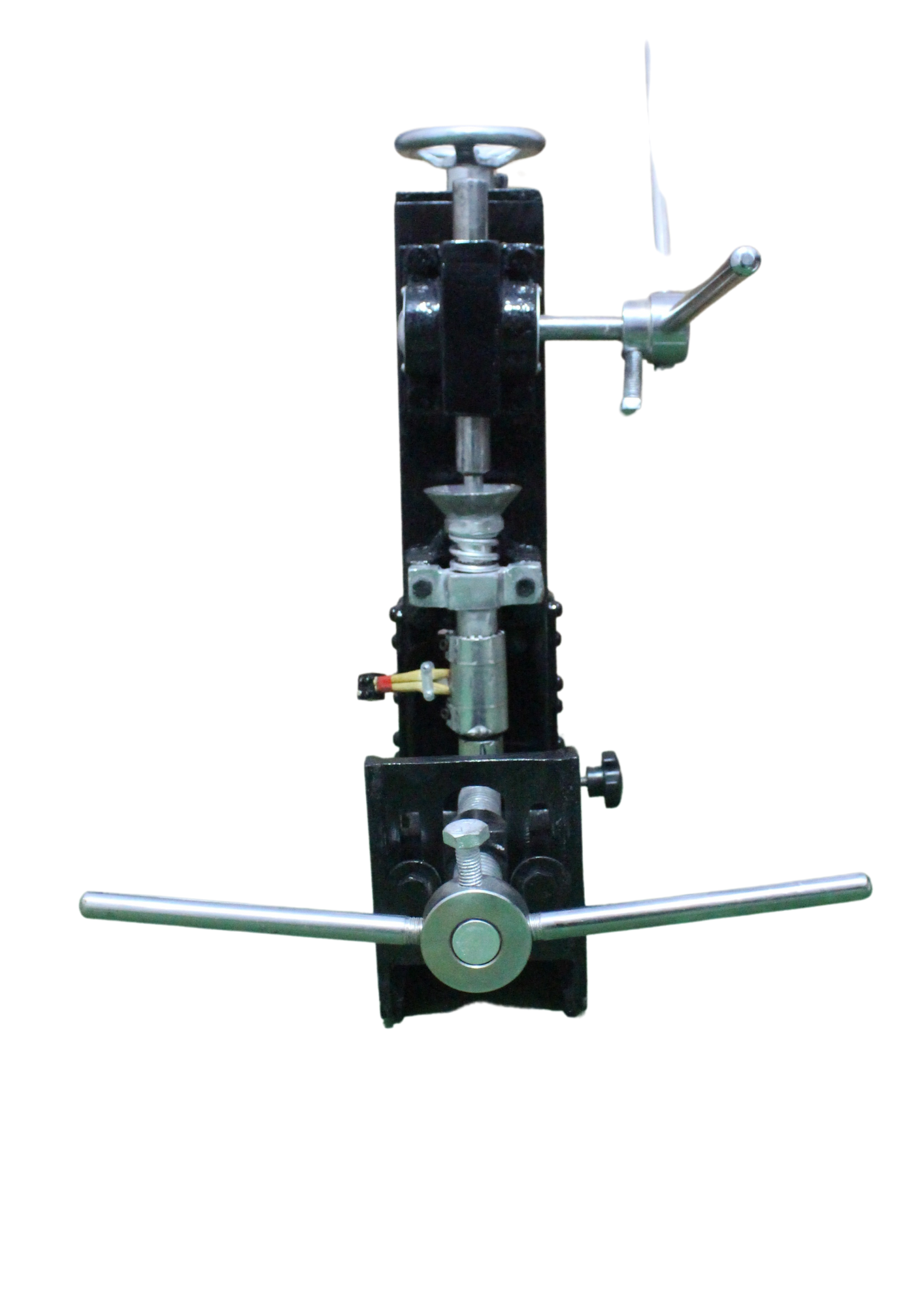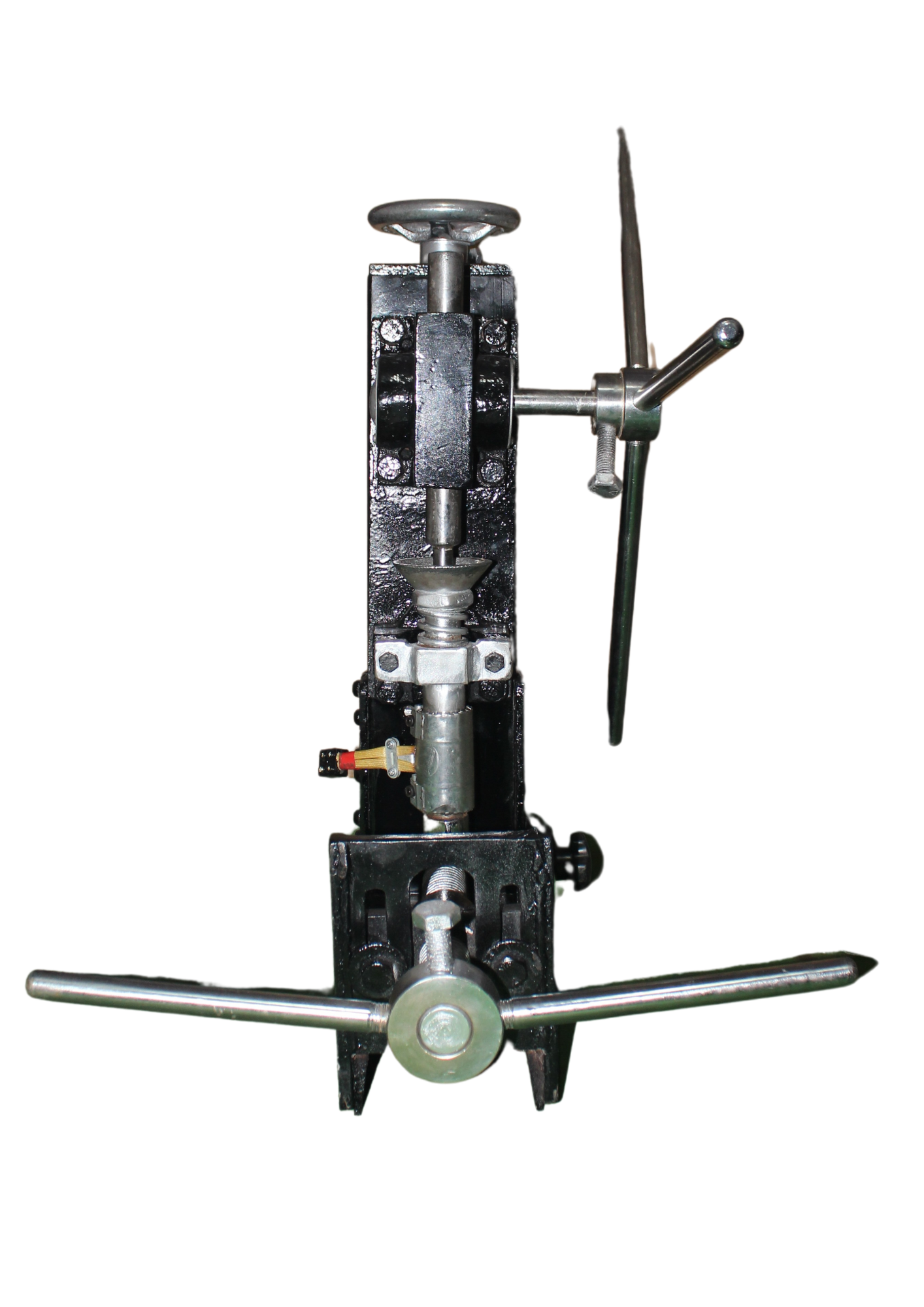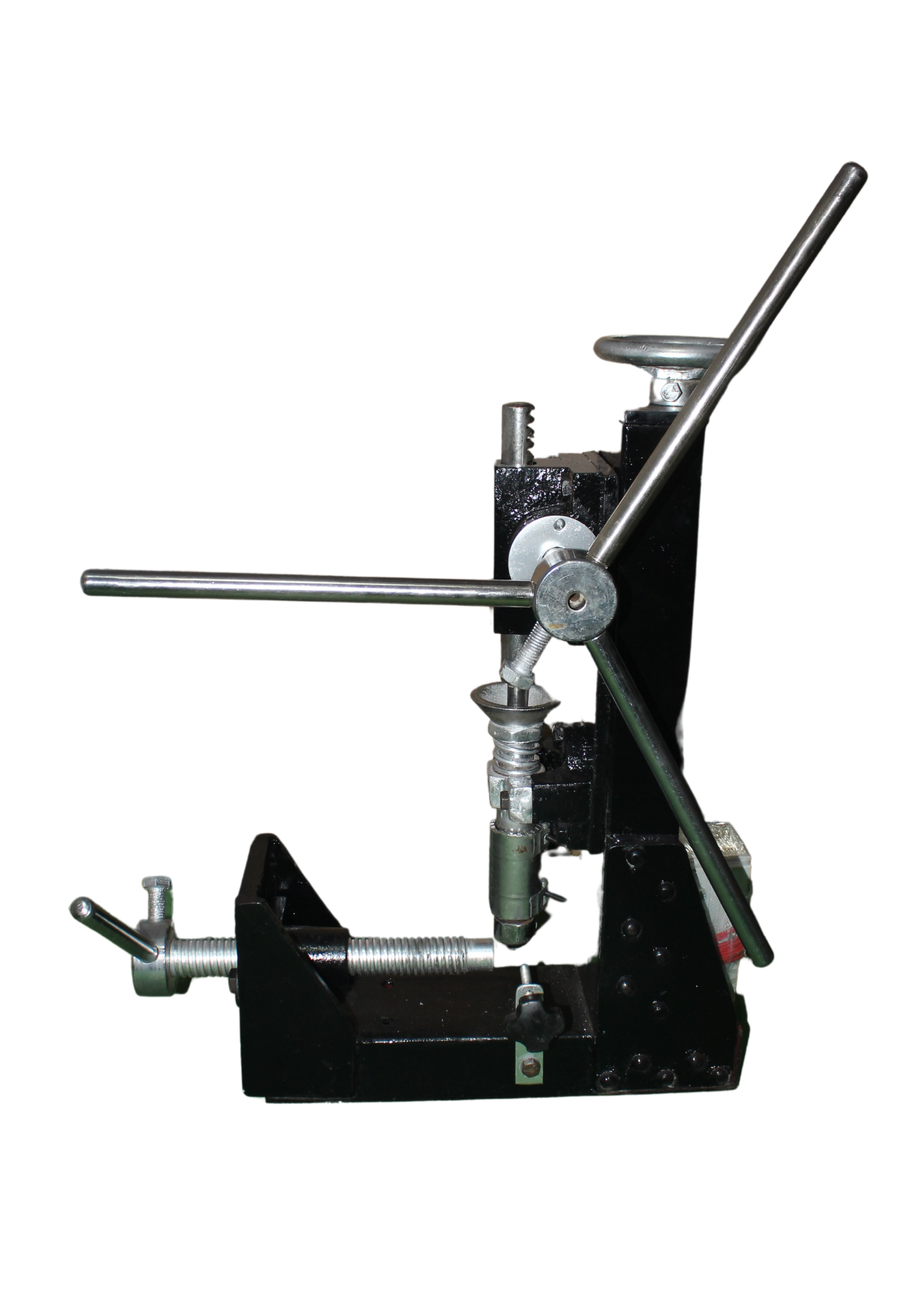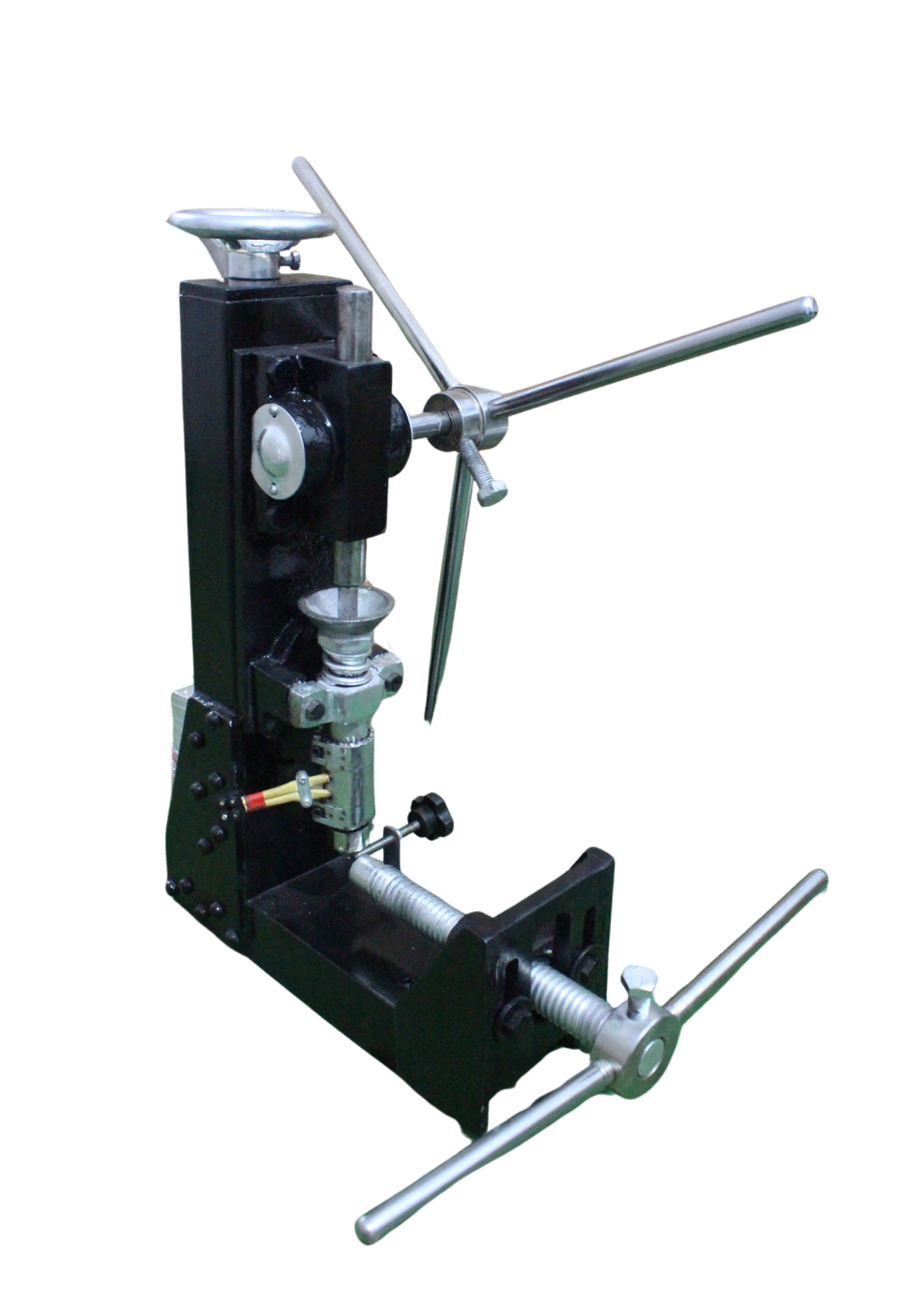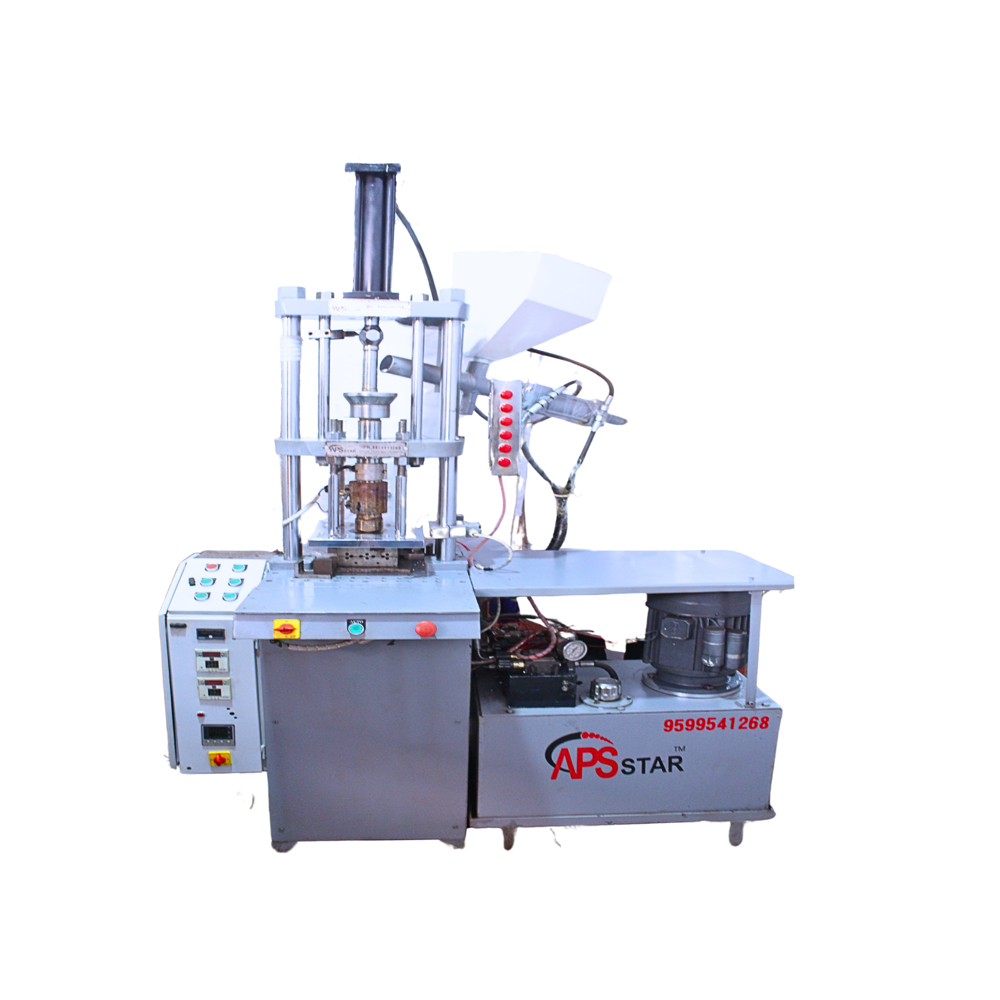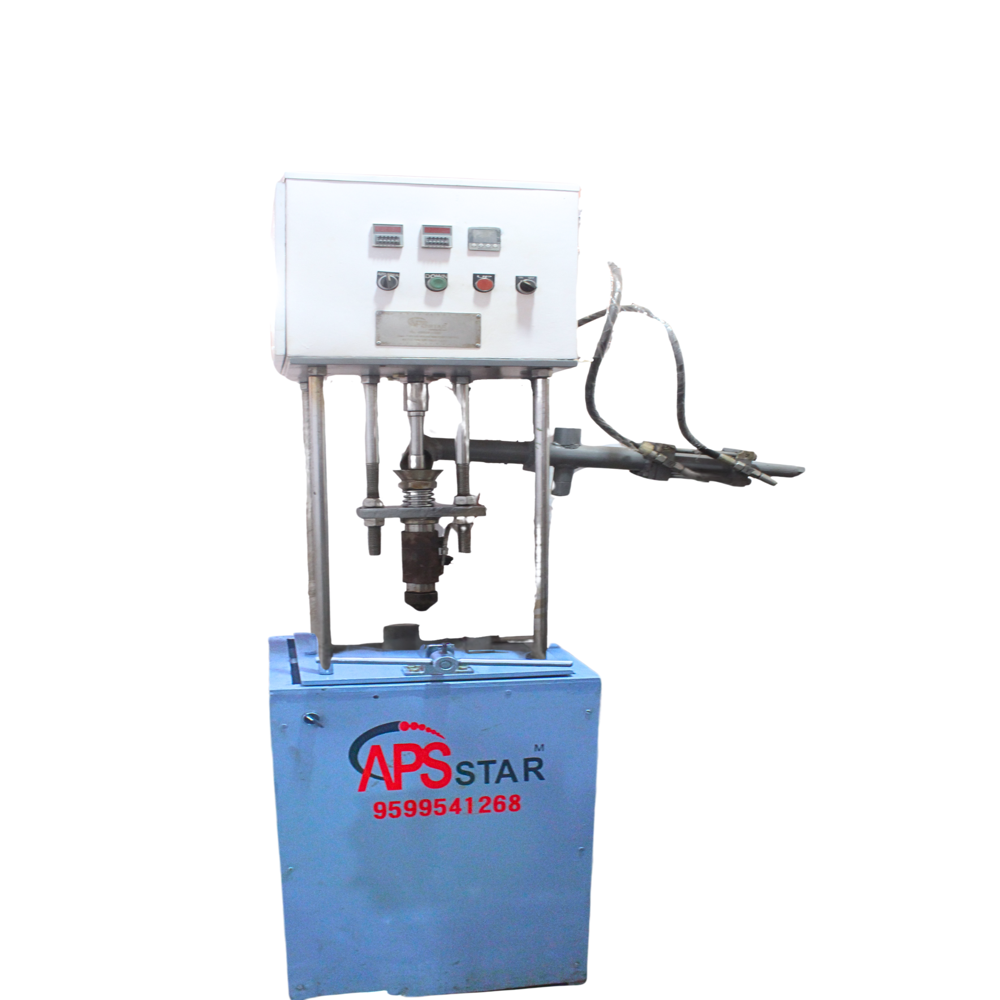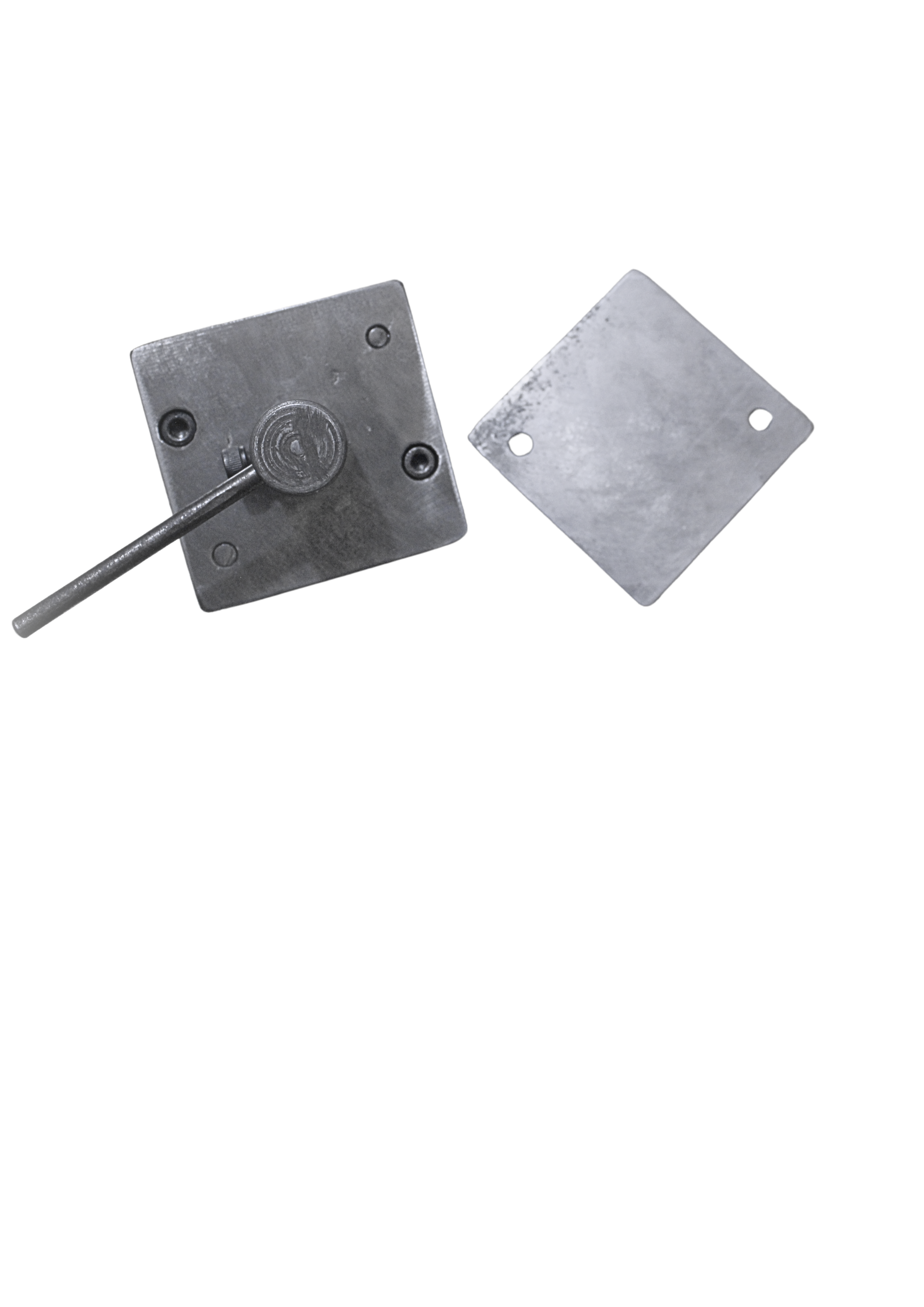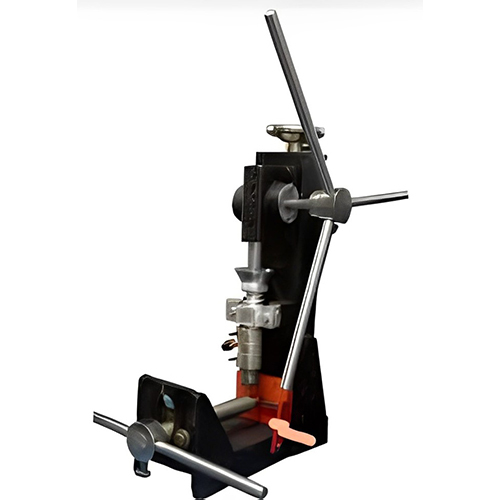HAND MOLDING MACHINE 20gm
Product Details:
- Frequency 20 Hertz (HZ)
- Voltage 220 Watt (w)
- Product Type Filling Machine
- Technology Other
- Power Source Electricity
- Operating Type Manual
- Power 240 Watt (w)
- Click to View more
HAND MOLDING MACHINE 20gm Price And Quantity
- 1 Pieces
- 11999.0 INR/Piece
HAND MOLDING MACHINE 20gm Product Specifications
- 60 Kilograms (kg)
- Other
- Other
- Manual
- 240 Watt (w)
- Electricity
- 1 PSI
- NA
- Filling Machine
- 1 Meter (m)
- 20 Hertz (HZ)
- 220 Watt (w)
- 100 Pcs/hr
HAND MOLDING MACHINE 20gm Trade Information
- INDIAN
- Cash on Delivery (COD), Cash Advance (CA), Cash in Advance (CID)
- 100 Pieces Per Week
- 3 Days
- Yes
- Sample costs shipping and taxes has to be paid by the buyer
- APS STAR DELHI
- Asia
- All India
Product Description
-
Functionality: It allows operators to shape materials like clay, metal, or plastic by pressing or molding them into a specific form, often using a mold cavity.
-
Manual Operation: The machine requires human input for operation, typically involving hand-based adjustments or force to shape the material.
-
Applications: Commonly used in industries like foundries, ceramics, toy manufacturing, and crafts, where precision and custom shapes are needed for small-scale production.
-
Components: The machine usually includes a mold, pressing mechanism, and adjustable settings for different shapes or sizes.
-
Versatility: Hand molding machines are ideal for low-volume production or custom work due to their flexibility in producing unique or intricate designs.

Price:
- 50
- 100
- 200
- 250
- 500
- 1000+

 Send Inquiry
Send Inquiry
